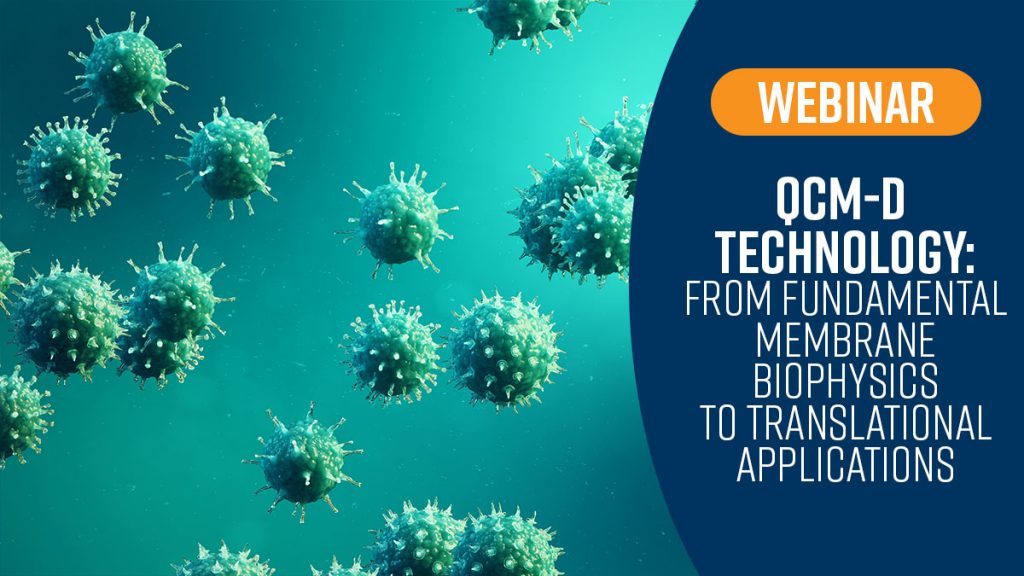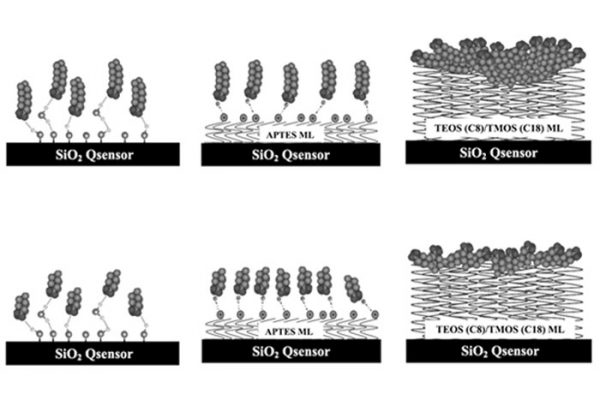The quartz crystal microbalance-dissipation (QCM-D) technique has emerged as one of the most powerful bioanalytical tools to characterize biological phenomena, especially at lipid membrane interfaces.
In recent years, QCM-D technology has proven increasingly useful for translational applications ranging from pharmaceutical drug development to antimicrobial mitigant testing.
In this talk, I will first introduce QCM-D measurement principles through the context of several landmark studies from the membrane biophysics field before delving into deeper discussion of selected QCM-D application examples from our lab. Applications related to testing anticancer peptides, identifying environmentally friendly antiviral detergents, and optimizing antimicrobial lipid mixtures will be covered in order to demonstrate the breadth of QCM-D measurement capabilities that are possible for studying biotechnology and biophysics subjects.
In this webinar, you will learn:
- The basics of the QCM-D technology, measurement principle, and readouts
- Why label-free measurements are beneficial in the areas of biotechnology and biophysics, and what measurement capabilities QCM-D offers
- How QCM-D is used in fundamental and applied research in the areas of interfacial science, biophysics and biotechnology






